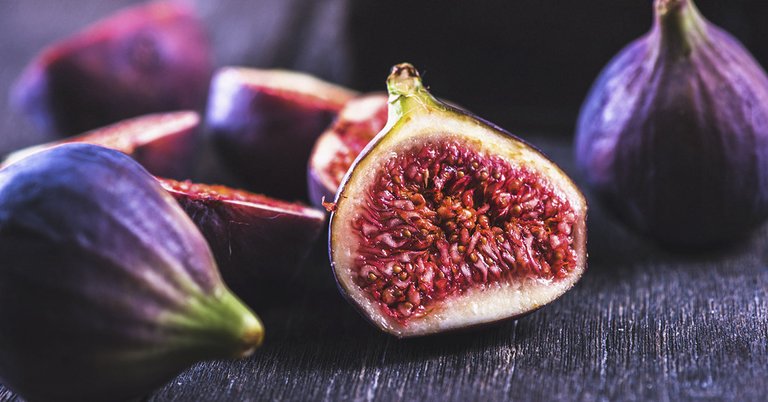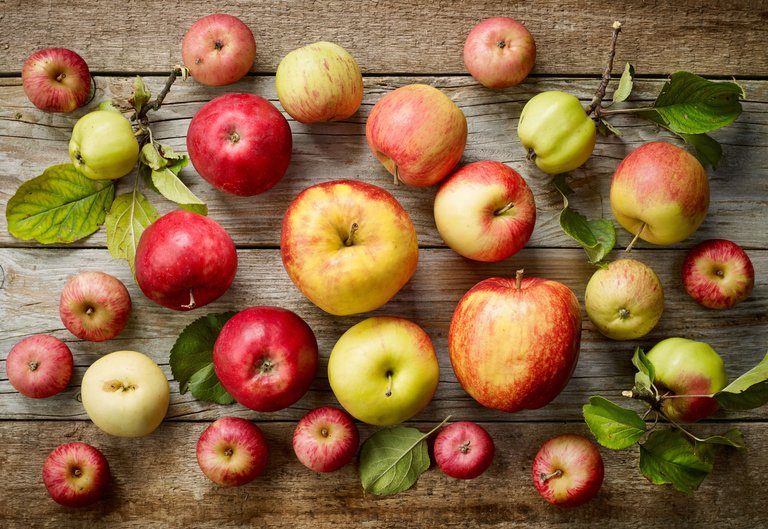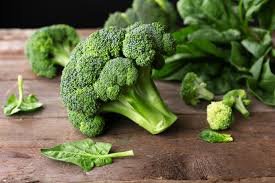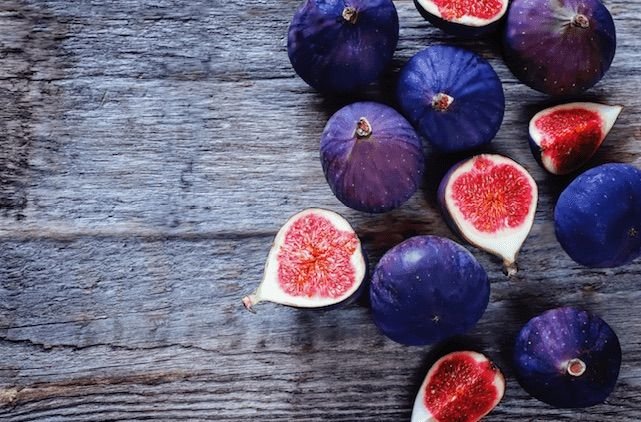
September is a month of transition, when days feel like summer but nights hint that cooler weather is approaching. There’s still an abundance of produce from our gardens, farmers markets and produce aisles at their prime. Here’s our round-up of fresh, tasty fruits and vegetables to seek this month.
APPLES
Apples are ubiquitous, with hundreds of unique varieties grown in the United States alone — from sweet and creamy to tart and crisp. Turns out two medium apples or other white-fleshed fruits or vegetables per day may help lower your risk for stroke. At a mere 100 calories and 4.4 grams of fiber per medium-sized apple, it’s one of nature’s best snacks.
Add apple chunks to salads for a sweet and tart crunch, drop slices into smoothies for fiber and a hint of sweetness or dice and sauté apples for a warm salsa to top lean pork or chicken. For a sweet, low-calorie dessert, bake apples with cinnamon and a little maple syrup.
CAULIFLOWER
Like broccoli, cauliflower is part of the cruciferous vegetable clan and packed with cancer-fighting compounds. The saying, “don’t eat anything white,” definitely doesn’t apply here. Though cauliflower comes in green, purple and yellow, white is the most common. No matter the color, cauliflower is an excellent source of vitamin C and a good source of folate.
To cut back on carbs and calories, swap mashed potatoes for mashed cauliflower. Two other tasty low-carb alternatives? Stir-fry riced cauliflower with vegetables and shrimp for “fried rice” or toss thick slices of cauliflower on the grill to enjoy a cauliflower “steak.

BROCOLLI
Though readily available in markets year-round, broccoli’s peak season is in the fall. This little green stalk is high in vitamin C and folate, a key nutrient for heart health and proper tissue growth and development. It’s also a good source of fiber to help keep the gut happy. A member of the cabbage family, broccoli is a source of glucosinolates, compounds that may help decrease the risk of some cancers.
Sauté broccoli with garlic, ginger and sesame oil for an Asian spin or roast it with a drizzle of olive oil, salt and pepper for a caramelized, sweet finish.

FIGS
A member of the mulberry tree, figs range in color and texture and come in more than a 150 different varieties. High in fiber and potassium, figs may help with blood pressure and weight management. They’ll keep in the fridge for up to two days once ripe.
Fig’s sweet flavor makes them a perfect add-in to breakfast foods like oatmeal and yogurt. They’re also delicious soaked and made into a paste and used as a high-fiber sugar alternative in baking. Or, stuff with goat cheese for an easy, impressive hors d’oeuvre.
PEPPERS
Red, green, orange, yellow or purple, sweet and spicy peppers are an excellent source of vitamin C. In fact, yellow bell peppers have almost triple the vitamin C of navel oranges. Peppers are available through late fall in backyard gardens and farmers markets and boost the flavor and color of a variety of dishes. With hot and spicy varieties, you may also get a slight metabolism boost.
Because they keep for up to a week in the refrigerator, peppers are an ideal addition to your meal prep routine. Wash, dry and slice peppers and use as the base for a colorful stir-fry, add crunch and color to chicken and bean fajitas or make a roasted red pepper frittata for breakfast (or dinner).
hello friend like your post.follow back and upvote.
thx